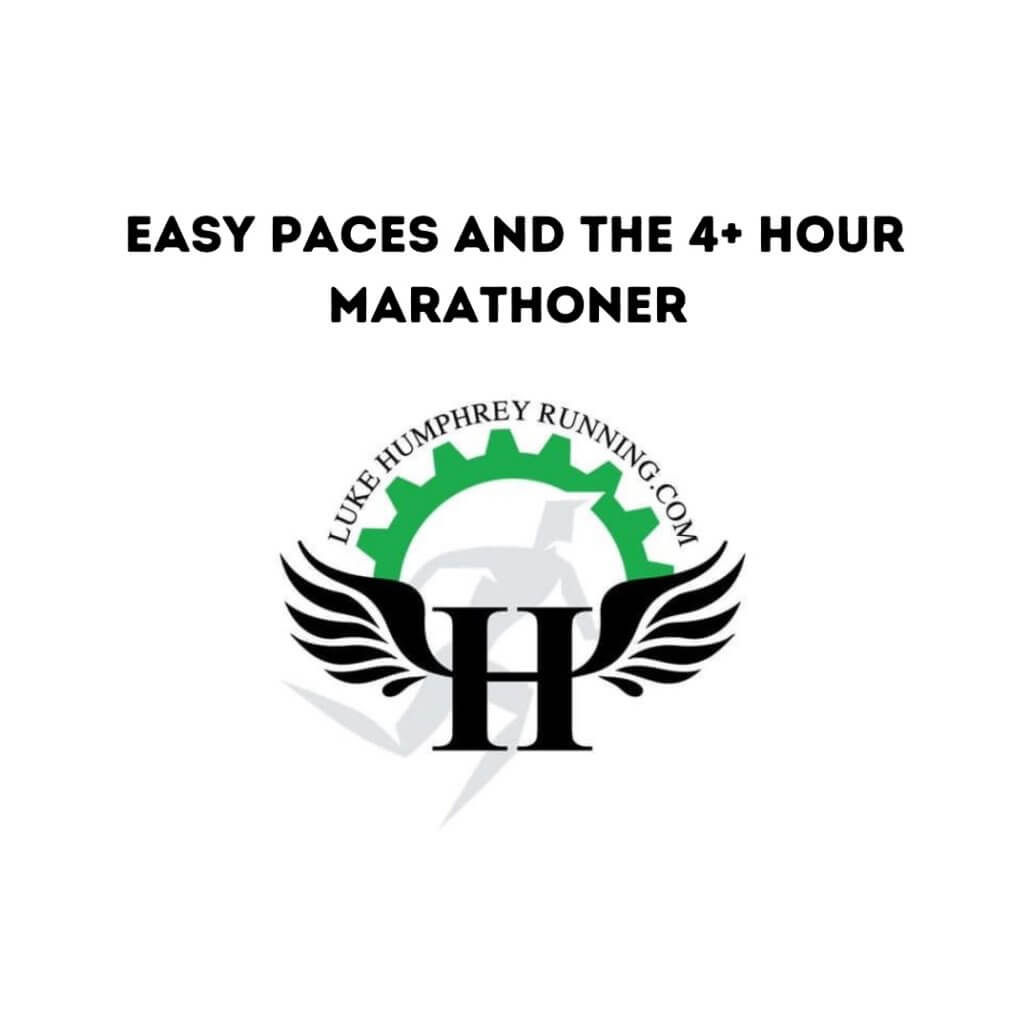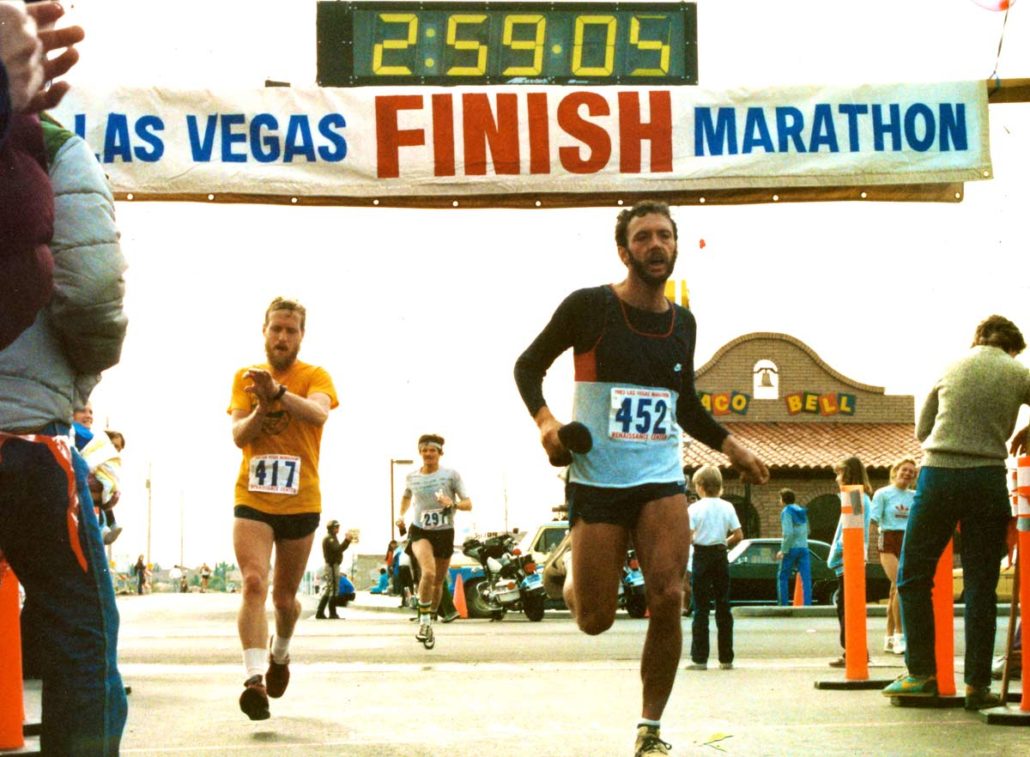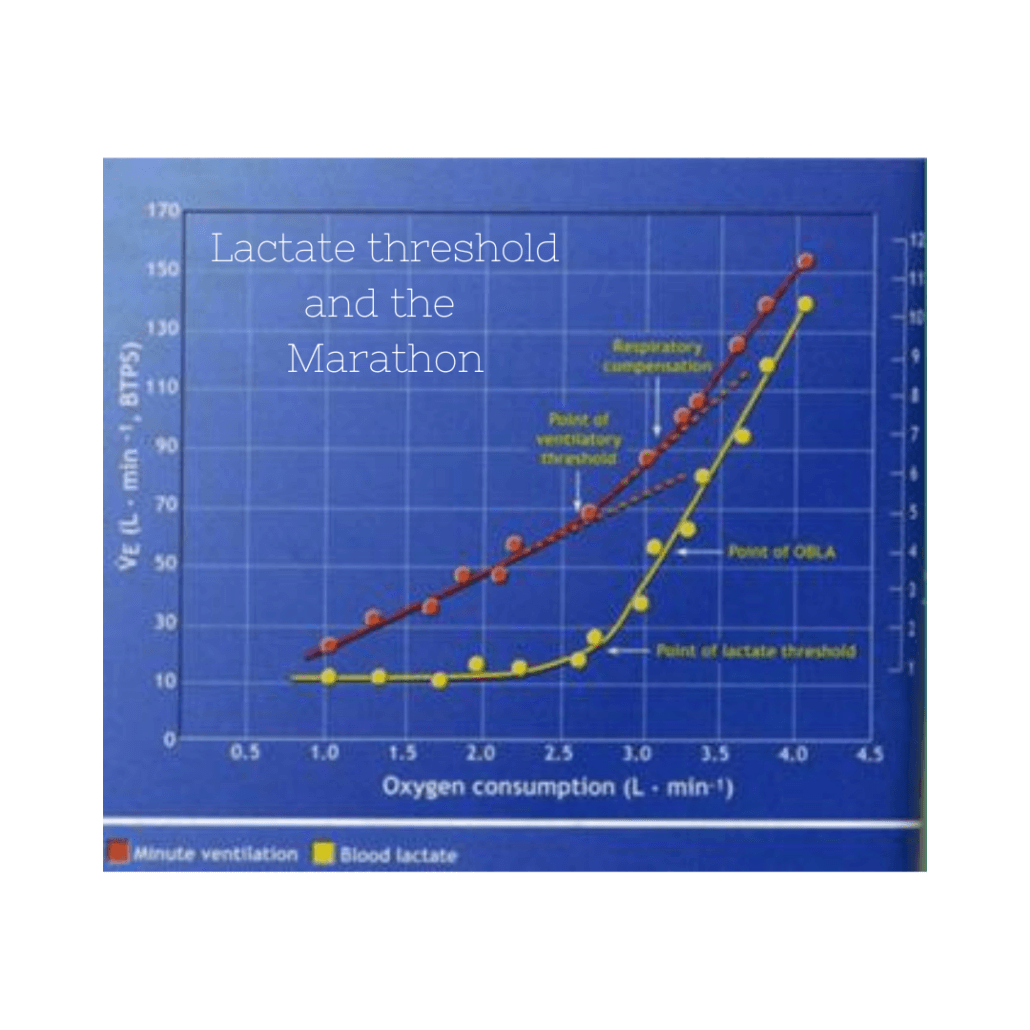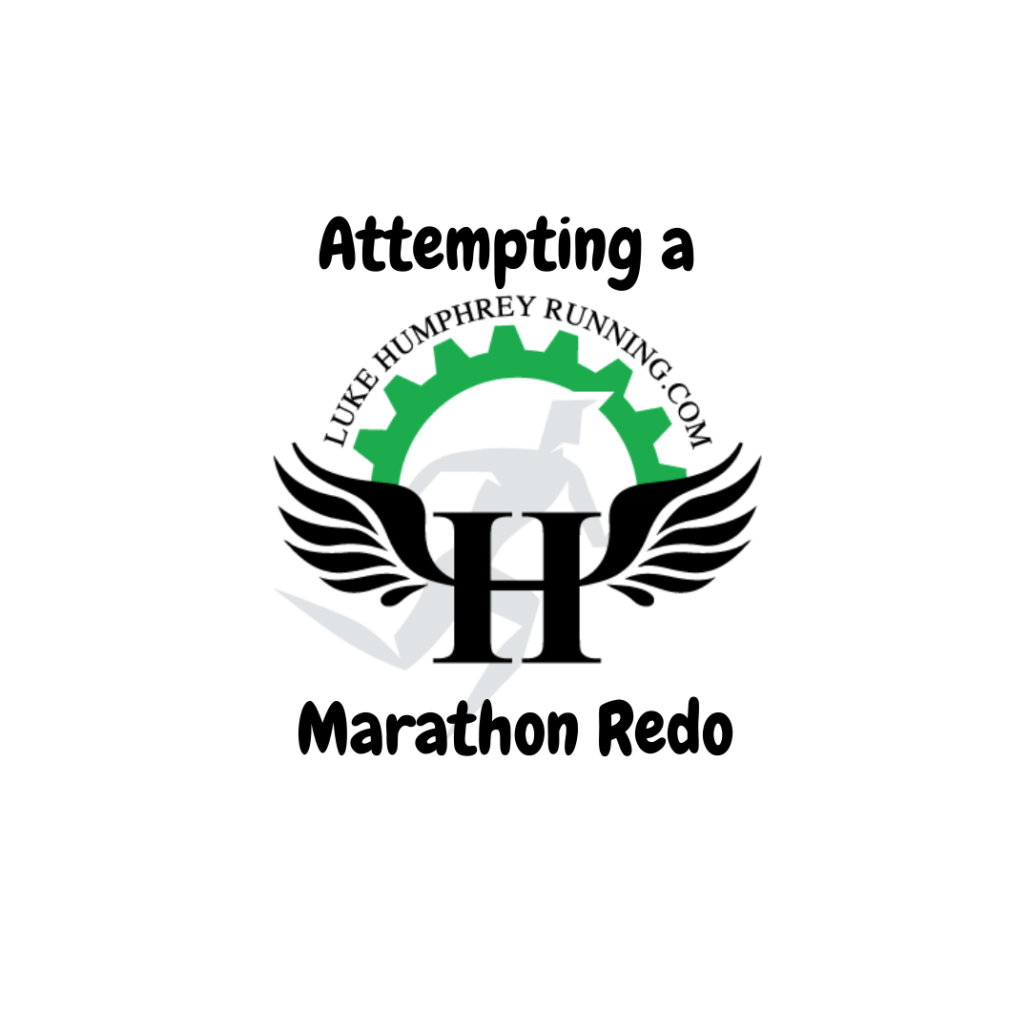Easy Paces and the 4+ Hour Marathoner

Podcast: Play in new window | Download
There’s the old adage, “easy days easy, hard days hard” and we see that is the case with the majority of the elite to competitive based runners. When you look at their training, this completely makes sense. Their marathon pace is anywhere from 4:45-5:20/mile at that level. So, it’s not a hard leap to assume that anything close to that on a daily basis is sustainable. The question is though, does that hold true if your marathon pace is 10:00/mile? What about 9:00? Does it make sense to slow down to 11-12:00 minutes/mile?
My intuition says that it might not make sense to force a person to “run” that slow and I drawback to a set of past experiences doing VO2max testing. I used to perform VO2max testing on runners which included a graded exercise test. We would start them slow and progress them through paces until they couldn’t go anymore. I’d always make the protocol based on what the person’s race times were. The point is, you’d start really slow, and end up really fast!
When we started the athletes we’d see the same thing every time. Their heart rate would shoot up and their stride would be awkward. It turned into almost a shuffle and a cross between a walk and a run. Then, after a couple of stages, their stride would smooth out and their heart rate would come down back to where we would expect it to be. From there, more textbook responses would occur and everything was fine. Ok, so what can we take from this? Why is this relevant? The main thing I take away from this is that there is a point where moving too slow is actually harder work than just running what your natural pace is. So, If we take a person who just naturally runs 10 minute miles and force them to run 12 minute miles, then it’s less economical, it may be more detrimental, and it might not allow them to run as far as they normally would because it’s actually forcing them to work harder.
My experience has been that the people most affected are ones trying to run 4+ hour marathons. Like I said, once you start approaching 10 minute miles and above, lines definitely become blurred. With that, here are a couple of things you can observe in your form and training data that will help you determine if you are running too slow.
The first is that your form becomes a shuffle. Your stride rate might actually go up and your stride length drastically drops. If you find yourself drastically altering your stride to force yourself to run slower, then it may be too slow. This would really be true if you find yourself having a hard time deciding if you are walking or jogging. The second would be your heart rate or effort. If you are seeing your heart rate at numbers that don’t make sense or your effort level way too high, then try opening up your pace a little bit. If you do and everything settles down, that’s probably your natural pace.
Now, people who are faster than this will read what I said, and use it as an excuse to run their easy days harder- because it’s just my natural pace, coach! Ok, sure give it a go. If your workouts start suffering because of it, or in three weeks you can’t train without being wiped out, then don’t keep pushing it!
But, for the four hour and above crew, I think we can say, for the most part, that your regular everyday running pace is probably going to be pretty close to your race pace. Our primary concern probably isn’t going to be speed, but really just being able to cover the whole distance. Your priorities are going to be different than a sub 3 runner. Now, I will say this, if you find that natural stride and are training consistently at 30-40 miles per week, I think you’ll be surprised at how much things will become easier. That 4-5 hour marathon time might just be naturally not where you are at anymore! Just some things to think about. Keep plugging!




